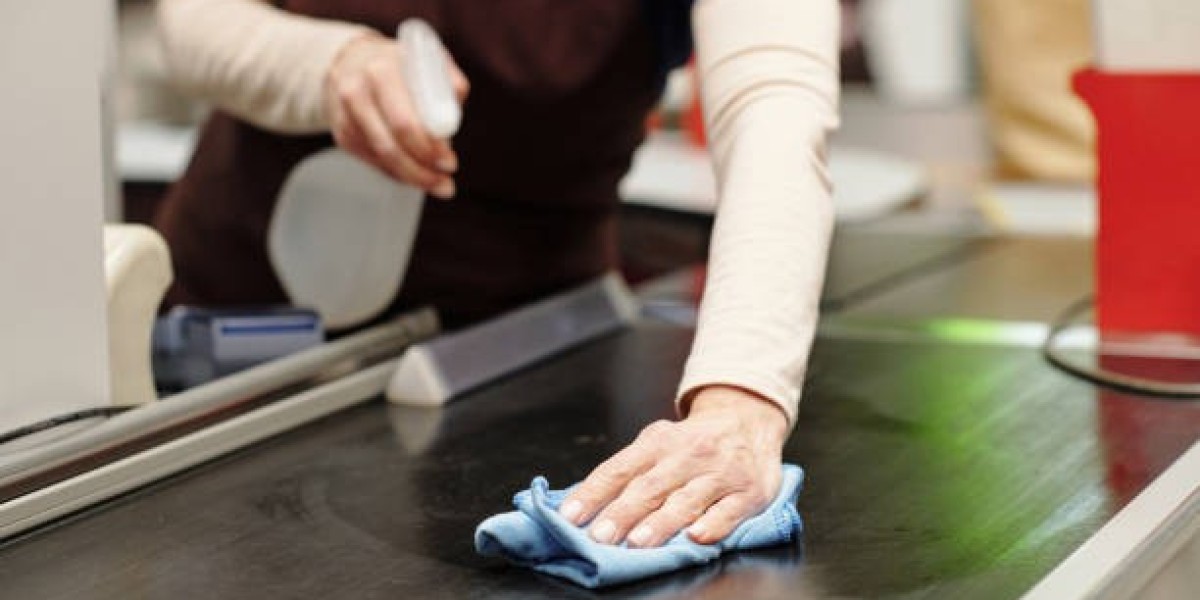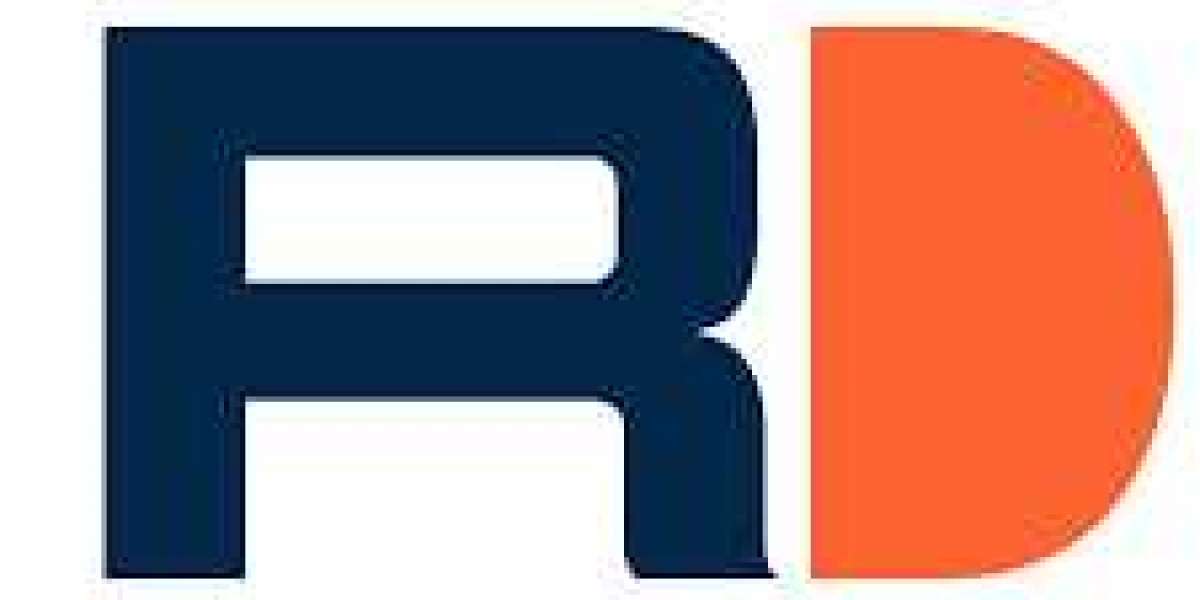Introduction:
Checkout areas are essential spaces in retail establishments where customers and employees interact regularly. Keeping these areas clean and properly disinfected is of utmost importance to promote a healthy and safe shopping environment. In this blog post, we'll provide you with valuable insights and practical tips on how to effectively clean and disinfect checkout areas, ensuring the well-being of both customers and staff.

Understanding the Importance of Checkout Area Cleaning and Disinfection:
- Checkout areas are high-touch zones where germs and bacteria can easily spread. Regular cleaning and disinfection help minimize the risk of contamination, creating a safer shopping environment. By implementing proper hygiene practices in checkout areas, businesses can enhance customer confidence, reduce the transmission of illnesses, and demonstrate a commitment to health and safety.
Preparing for Cleaning and Disinfection:
- Before initiating the cleaning process, it's essential to gather the necessary supplies and take appropriate precautions. Equip yourself with gloves, masks, and protective eyewear to ensure personal safety. Additionally, ensure that the checkout area is clear of any objects or obstacles that may hinder the cleaning process.
Cleaning Checkout Surfaces:
- Start by removing any loose debris or clutter from the checkout area. Use a mild detergent or all-purpose cleaner and a clean cloth or sponge to wipe down the surfaces, including the counter, cash register, card machines, and conveyor belts. Pay extra attention to areas that are frequently touched, such as buttons and handles. Thoroughly rinse the surfaces with clean water and allow them to air dry.
Disinfecting Checkout Surfaces:
- After cleaning, it's crucial to disinfect the checkout surfaces to eliminate any remaining germs or bacteria. Choose an appropriate disinfectant that is effective against a wide range of pathogens. Ensure the disinfectant is suitable for the materials used in the checkout area, such as plastic, metal, or glass. Follow the instructions on the disinfectant label regarding contact time and proper usage. Apply the disinfectant solution to the surfaces using a clean cloth or spray bottle, ensuring even coverage. Allow the disinfectant to remain on the surfaces for the recommended contact time before wiping it off or letting it air dry.
Paying Attention to High-Touch Objects:
- Aside from the checkout counter, there are several high-touch objects in the area that require special attention. These include shopping carts, baskets, payment devices, and pens. Regularly clean and disinfect these items to minimize the risk of transmission. Provide disinfectant wipes or sanitizing stations for customers to use on carts and baskets before and after use. Encourage employees to clean and disinfect payment devices and pens between each customer interaction.
Handling Cash Transactions:
- Cash transactions can be a potential source of contamination. To minimize the risk, encourage customers to use contactless payment methods whenever possible. For cash transactions, employees should handle money with gloves or use hand sanitizers immediately after handling cash. Regularly clean and disinfect cash drawers and change dispensers.
Maintaining Cleanliness Throughout the Day:
- Cleaning and disinfection should not be limited to specific time intervals but should be conducted consistently throughout the day. Assign an employee to perform regular checks and cleanings to ensure the checkout area remains tidy and disinfected. Implement a schedule for routine cleaning and disinfection to maintain a high level of cleanliness during peak hours.
Educating Employees and Customers:
- Effective cleaning and disinfection practices rely on the cooperation of both employees and customers. Train employees on proper cleaning procedures, including the correct use of cleaning agents and personal protective equipment. Display informative signage in checkout areas to remind customers about hygiene practices, such as hand sanitization and social distancing. Encourage customers to follow these guidelines to create
Conclusion:
Regular cleaning and disinfection of checkout areas are essential for maintaining a safe and healthy shopping environment. By following the tips outlined in this guide, businesses can mitigate the risk of contamination, enhance customer confidence, and demonstrate a commitment to safety. Remember to clean and disinfect surfaces regularly, pay attention to high-touch objects, handle cash transactions with care, maintain cleanliness throughout the day, and educate both employees and customers on hygiene practices. Together, we can create a safer shopping experience for everyone involved.



